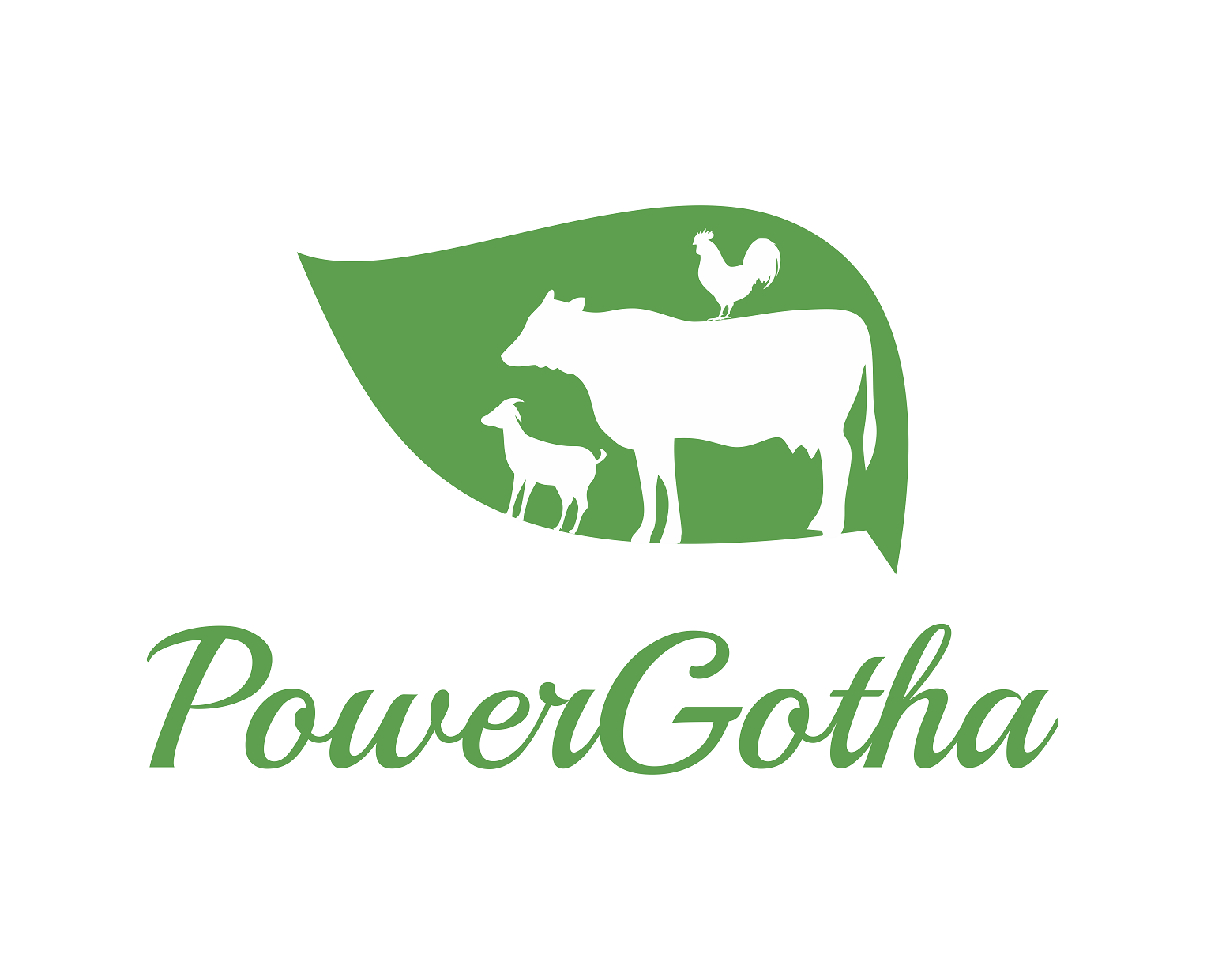Power Prevention – 1
Prevention of Hypocalcemia (Milk Fever)
How prevention can help to prevent immuno-suppression
Hypocalcemia and Mastitis Susceptibility
Milk fever cows are generally at increased risk of developing mastitis.
You may be wondering why?
It is well known that, Calcium (Ca) is necessary for proper contraction of muscles. Severe hypocalcemia prevents skeletal muscle contraction to the point that the clinical syndrome known as milk fever occurs.
Muscle contraction is reduced by any decrease in blood Ca, however it must be severe before we observe the downer cow.
Contraction rate and strength of the smooth muscle of the intestinal tract are directly proportional to level of blood Ca concentration.
Hypocalcemia reduces abomasal contraction, which causes the abomasum to fill with gas and become displaced. Though, lack of effective fiber is the other main contributor to displacement of the abomasum.
A major reason for the current trend toward high straw close-up diets is the ability of these types of diets to prevent displacement of the abomasum.
Connection with Mastitis
It should be kept in mind that the sphincter at the end of the teat is also a muscle.
The teat sphincter smooth muscle must contract if closure of the teat end is to occur. If low blood Ca reduces teat sphincter contraction, the teat canal may remain open, inviting environmental pathogens to enter the mammary gland.
While we generally associate milk fever with the day of calving, many cows remain subclinicallyhypocalcemic for the first week of lactation. Hypocalcemic cows tend to spend more time lying down than normocalcemic animals. Again, this could increase teat end’s exposure to environmental opportunists.
Stress addon
Now, Hypocalcemia also acts as a stressor to the cow. Cows typically exhibit a 3-4 fold increase in plasma cortisol as part of the act of initiation of parturition.
However sub-clinically hypocalcemic cows may have 5-7 fold increases in plasma cortisol on the day of calving. A typical milk fever cow may exhibit plasma cortisol concentrations that are 10 –15 fold higher than pre-calving plasma cortisol concentration.
Cortisol is generally considered a powerful immune suppression agent and likely exacerbates the immune suppression normally observed in the periparturient period.
Cortisol exacerbates, rather than causes, because most studies suggest that immune suppression begins 1-2 wk before calving , and the cortisol surge is fairly tightly confined to the day of calving and perhaps the day after calving.
Direct association between hypocalcemia and failure of immune cells to become activated when they encounter a stimulus such as bacteria
When an immune cell such as a lymphocyte encounters a bacterial antigen at its surface it triggers the release of Ca from organelles within the cell. This begins the process by which the lymphocyte will produce antibodies, bactericidal peptides, etc, to kill the bacteria.
A rise in intracellular Ca is a key early feature in immune cell activation.
In an experiment, peripheral blood mononuclear cells were obtained from multiparous dairy cows spanning a period of 2 wk before and 2 wk after parturition. The cells were exposed to activating stimuli in vitro and intracellular Ca release from intracellular stores was measured. The intracellular Ca released in response to the activation signal declined as Ca demand for lactation became more intense and recovered as plasma Ca normalized.
Hypocalcemia, which is common in periparturient dairy cows, was causing decreased intracellular Ca stores in PBMC. This caused a blunted intracellular Ca release response to an immune cell activation signal and helps explain how hypocalcemia contributes to periparturient immune suppression.

Saurabh Shaha
August 8, 2020 at 9:28 amHow can I contact to you..??
टीम पॉवरगोठा
August 9, 2020 at 2:43 ammail us at support @ powergotha . com